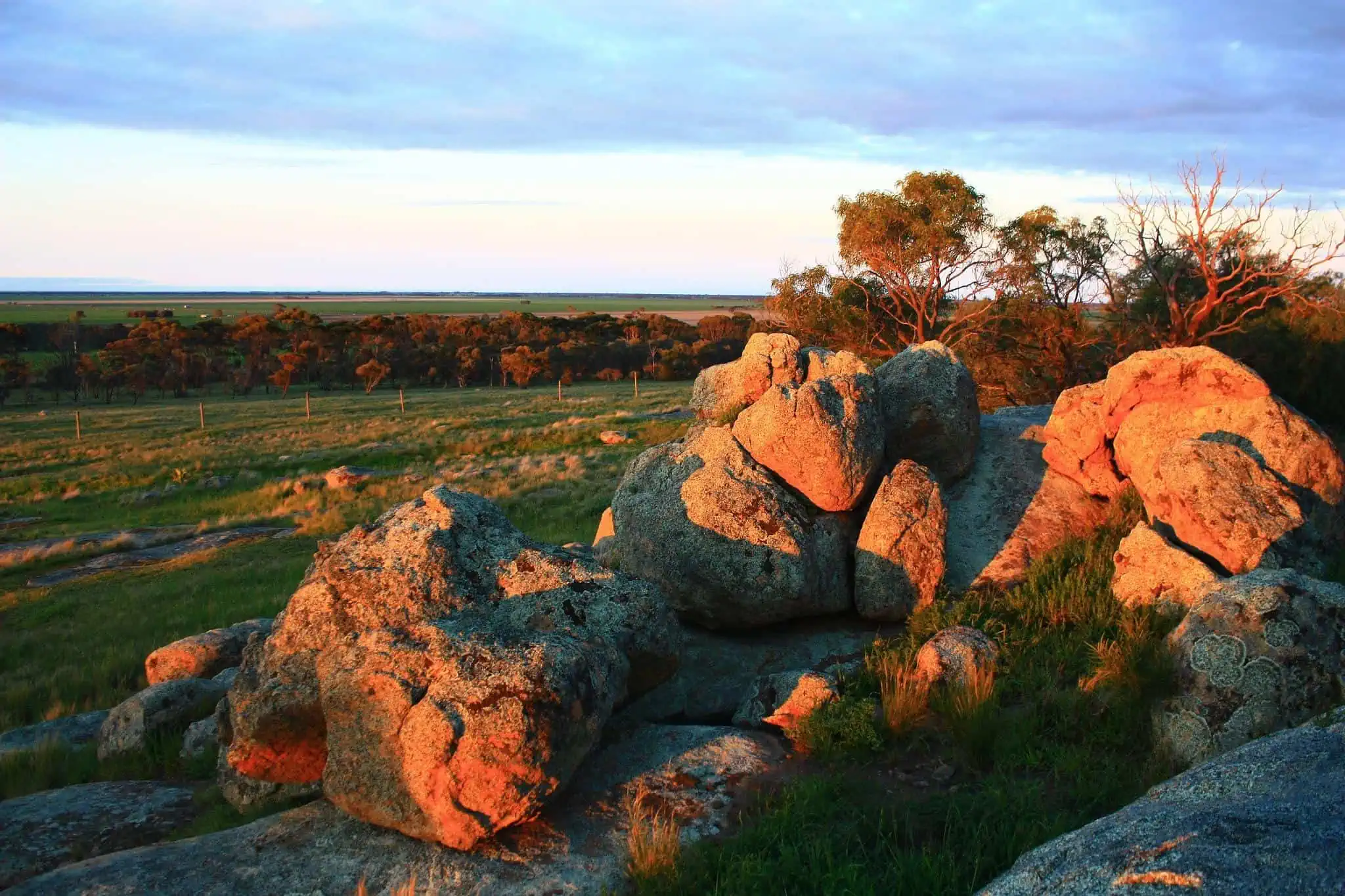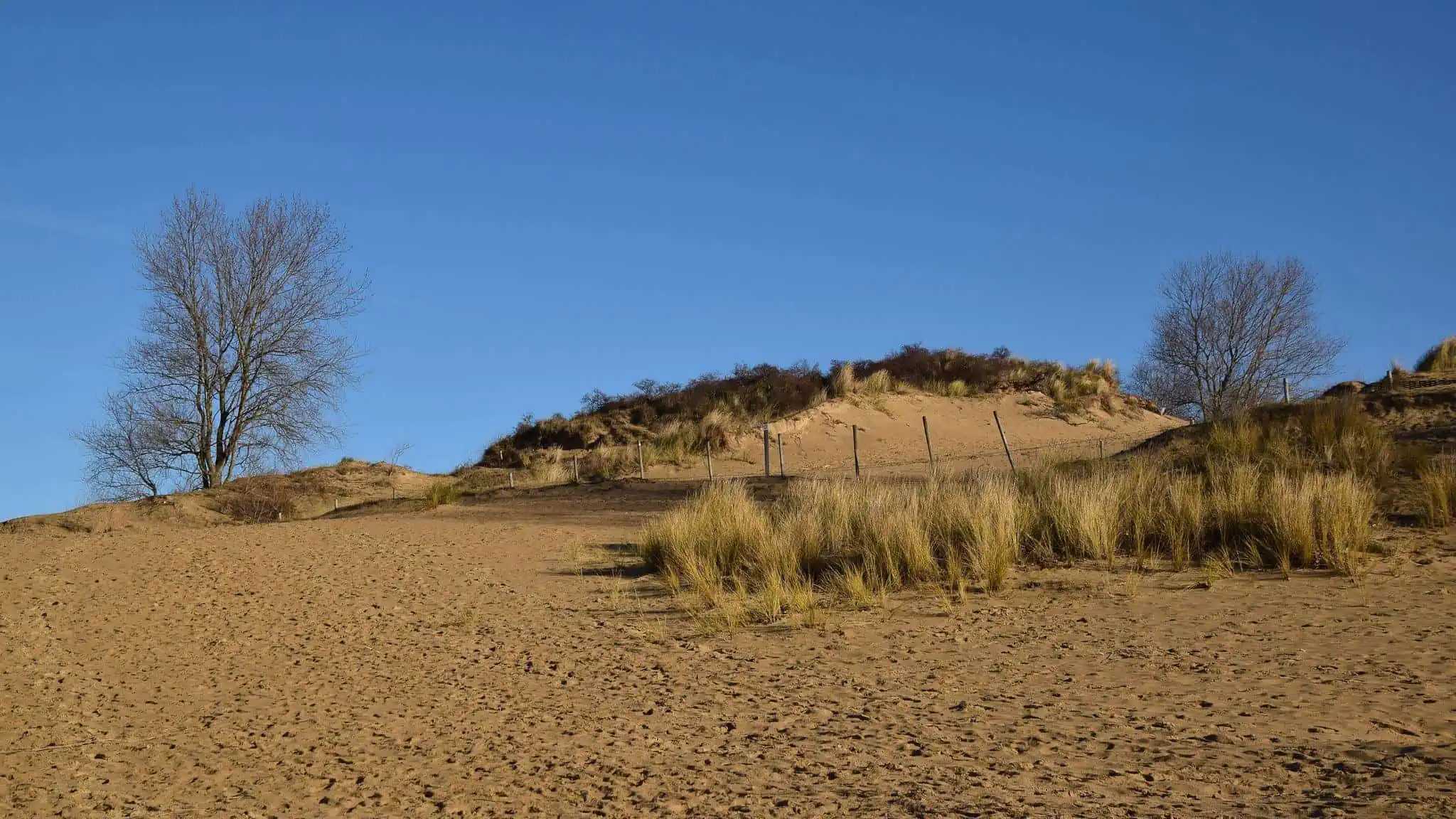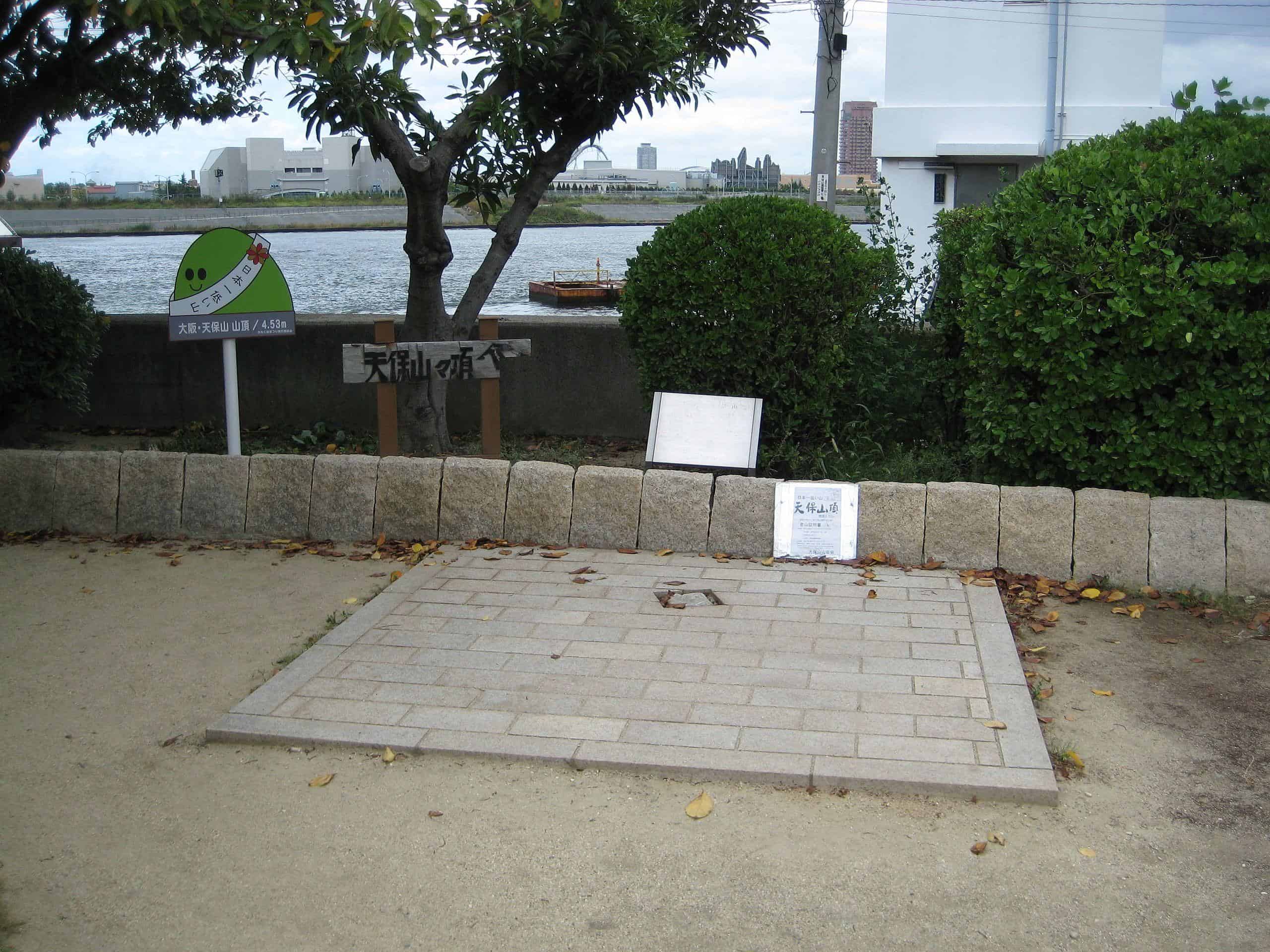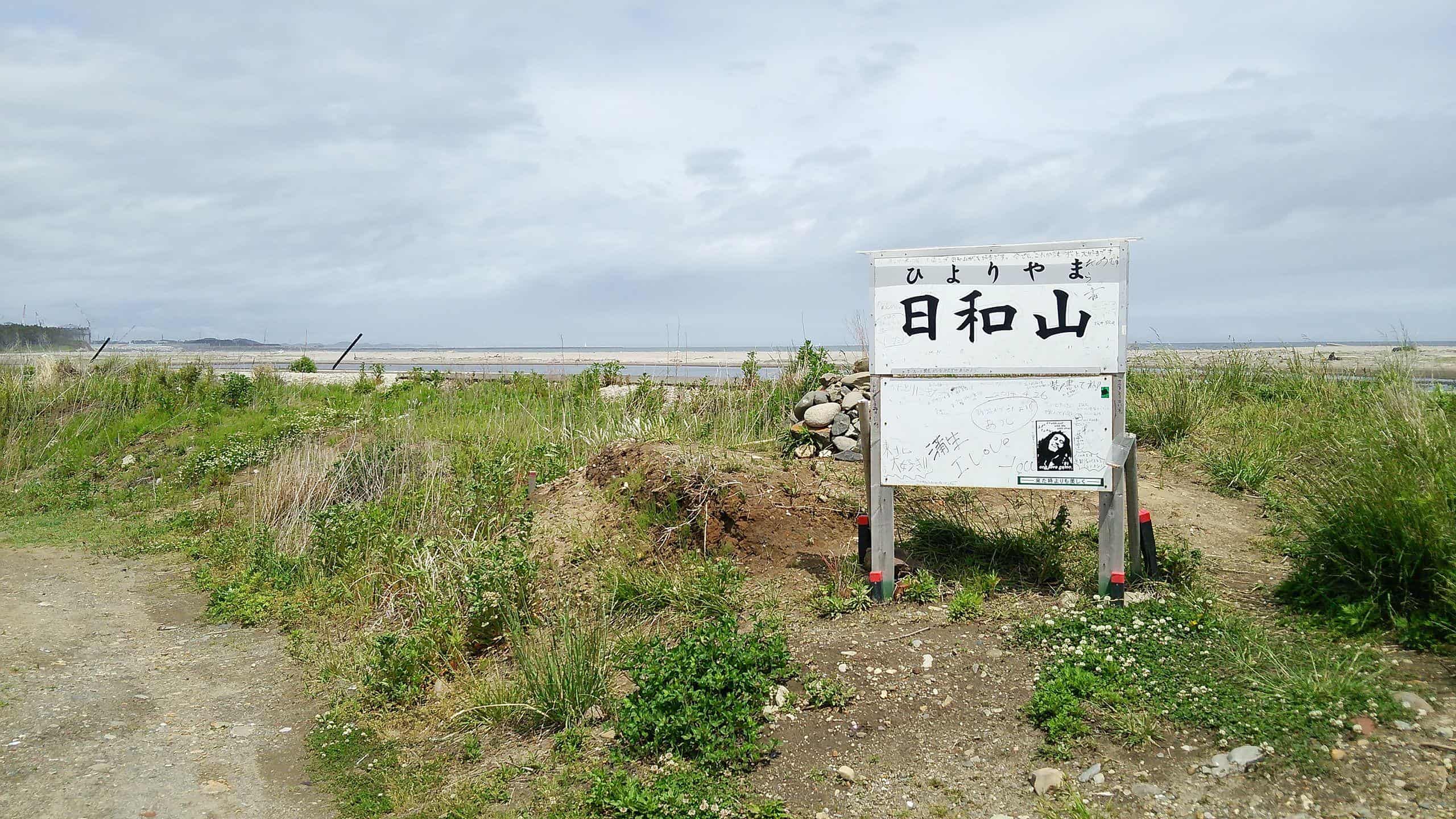
Since the dawn of history, mountains played a major role in shaping human civilization, providing protection for otherwise defenseless nations, supplying freshwater for billions of people and serving as a conspicuous feature of the most iconic landscapes around the world. While most reverence and attention usually revolve around Earth’s tallest peaks, there are also mini-mountains which challenge the supposedly obvious definition of what is actually a mountain.
By now you probably ask yourself, and rightly so, what is considered as a mountain, and where the line is drawn between a mountain and simply a hill. Surprisingly, there is no formal and globally accepted answer for that question as official scientific agencies such as the U.S. Geological Survey and British Ordnance Survey dropped their exact definition of 305 meters (1,000 feet) and above.
With a lack of international consensus, ridiculously short geological formations are regarded by some as mountains, challenging our core assumptions about that topic. Eventually, it is up for you to decide whether you refer to the following list as authentic or a mere whim.
When you think of Australia in the context of mountains, the first thing that comes to your mind will most probably be the iconic turtle-shaped Mt. Uluru. Nonetheless, the country is also home to the world’s smallest officially registered mountain, Mount Wycheproof.
Tucked away in a remote corner of Victoria State, the mountain towers to merely 43 meters (148 meters above sea level), therefore making it the least likely contender on this list to raise any eyebrows. Mount Wycheproof sits adjacent to a small township by the same name, both of which deriving from the Aboriginal term for grassy hill, a reference to the granite outcrop that overlooks the town. Interestingly, the mountain is geologically renowned not only for being the sole elevated area in an otherwise flat region, but also for its insanely rare mineral, Wycheproofite, featuring light pink hue and translucency.
Wycheproof is traversed by several trails, offering expansive views and unsurprisingly, don’t entail any intense physical effort. Besides its unusual record and craggy terrain, you might also be lucky enough to come across the Australian wildlife while there, most notably kangaroos and emus.

The granite rocks of Mount Wycheproof
photography by: Nick Hewson/ Flickr
Known for its exceedingly flat terrain, it shouldn’t come as a surprise that Belgium made it to the list, as most of its mountains are practically semi-hills. With its tallest peak reaching merely 694 meters, the country’s highest points are an antidote to the Himalayas, competing with each other for the world’s shortest mountain title.
Belgium’s coastline is home to numerous dunes, one of which, Hoge Blekker, apparently qualifies as Europe’s shortest mountain, measuring a whopping 35 meters. It is named after the Flemish term for a shimmering bare dune that reflects a great deal of light, serving for centuries as a natural lighthouse which guided sailors in the North Sea.
Nestled in the middle of a 240-hectare nature reserve with which it shares the name, Hoge Blekker as well as the other surrounding dunes are horseshoe shaped, the result of strong winds that have been continuously blowing in the same direction. Despite being a drifting dune that migrated over the years, this Belgian sand massif is also sturdy, with fixed parts that resist air currents, making it stable enough to be regarded as a mountain.
As for the reserve, it’s a pleasant patch of wilderness, alternating between thicket and sandy surface, with myriads of lookouts, bestowed with spectacular sea-views.

The golden dune of Hoge Blekker
photography by: Luc.T/ Flickr
The land of the rising sun is one the most mountainous countries in the world, peppered with more than 18,000 mountains across the archipelago. With its highest peak, Mt. Fuji, being a global natural icon, Japan is hardly known for its mountains which lie on the other end of the spectrum.
Perching along the banks of Osaka’s Aji River, Mt. Tenpō is a man-made mound, initially created in the 19th century as a by-product of the nearby river’s dredging, designated as a countermeasure against flooding as well as a mean to increase its capacity to allow the passing of large vessels. The mountain’s original elevation was 20 meters, however, its height was reduced to merely 4.5 meters as part of it was bulldozed for military use, while later, the depletion of groundwater caused it to sink even more.
Despite practically being a small piece of elevated area, the shorter than giraffe mountain is officially recognized by Japan’s Geospatial Information Authority as a mountain. Moreover, two dedicated fans established Mount Tenpō Mountaineering Club, organizing events and providing climbing certificates for “climbers”.
Hilariously, the mountain is part of Tenpōzan park, a verdant public space covered with several artificially made hills, all of which are significantly taller than the supposed mountain, whose peak is marked by a square shaped pavement with a diagonally placed stone in its middle, accounting for actual summit.

The summit of Mount Tenpō
photography by: Sotetsuyama/ Wikimedia Commons
As it seems, Japan has two perpetual rivals for the unusual title of the country’s shortest mountain, swapping the leading position between each other several times. During the first half of the 1990’s, it was Hiroyama which proudly held the title, until 1996, when the aforementioned Mount Tenpō stole Hiroyama’s fame and became officially the shortest mountain in Japan. Ironically, it was the 2011 Tōhoku earthquake and tsunami which halved Mt. Hiroyama’s height to 3 meters only, awarding it once again with the prestigious title.
Nestled in Sendai’s industrial coastline, along the Pacific Ocean, the mini mountain was originally created as an elevated mound to assess the weather conditions before venturing out to the ocean.
If you wish to visit the title-holding mountain, bear in mind that it’s pretty tricky to find as public transportation doesn’t reach the area, which is poorly marked, making car or taxi the only viable option. Having said that, once you’re done with the real effort, finding Hiroyama, you are guaranteed an easy and smooth climb to the 3-meter-high peak, blessed with magnificent ocean vistas.

Mount Hiroyama’s peak as it was in 2014, marked by a modest sign and a pile of rocks
photography by: タコノマクラ/ Wikimedia Commons
Home to the Himalayas, the world’s highest mountain range, including Mt. Everest, the tallest mountain in the world, China is apparently also home to the world’s shortest mountain, at least by some standards.
Well-hidden in the most uninspiring location for such a title holder, a secluded field near the city of Shouguang, Jingshan Mountain rises to a staggering 60 centimeters, almost 15,000 smaller than Mt. Everest and one meter shorter than the human average height, and as such, climbable by solely one step.
Before you refer to this supposedly insignificant 0.6-meter-tall rock as a joke, its classification as a mountain has been challenged in the past multiple times, yet, when local authorities dug deep around in order to determine its exact height, they couldn’t find its base, implying that the rock which protrudes above ground is only the tip of a far larger iceberg. Nowadays, due to its protected status it’s strictly forbidden to dig around it as well as constructing any kind of building in its proximity.

Jingshan at its fullest glory, partly concealed by the surrounding crops
photography by: Chinanews.com